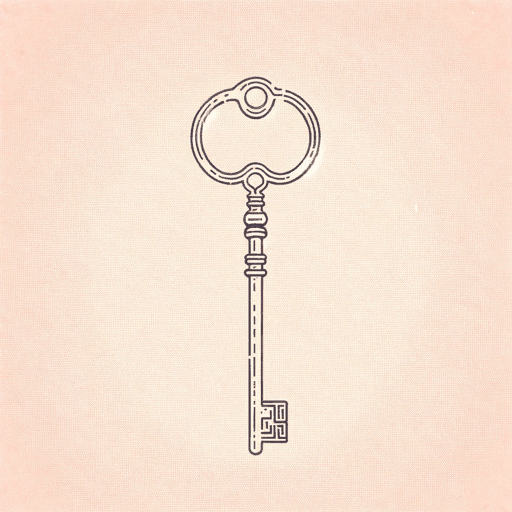58 pages • 1 hour read
Ana ReyesThe House in the Pines
Fiction | Novel | Adult | Published in 2023A modern alternative to SparkNotes and CliffsNotes, SuperSummary offers high-quality Study Guides with detailed chapter summaries and analysis of major themes, characters, and more.
Symbols & Motifs
The Cabin, or the House in the Pines
The book’s title, The House in the Pines, refers to Frank’s cabin. This cabin symbolizes many things: escapism, a yearning for safety and belonging, and the power of imagination. Frank first imagines his cabin at the age of 10 as a way to escape his father’s psychological abuse and to make it through a night alone in the woods. Frank later weaves this fantasy cabin into existence for others, like Maya and Cristina, through hypnosis and storytelling. Descriptions of the cabin are lyrical and vivid: Images of “a crackling fire” (279) and “fragrant steam” from a stew (197) convey warmth and nourishment, while “a cathedral ceiling” with “soaring beams” made “of pine and rose gold by the fire” (194) give the cabin a sense of sacred and elevated beauty. Frank connects these descriptors with emotions of satiety: “You’re safe now, says the stream. You’re home. And that’s just how it feels, like coming home” (236).
The house is an allusion to the gingerbread house from the “Hansel and Gretel” fairy tale. Like the witch’s cottage in that story, Frank’s cabin at first appears to be a place where lost children seek comfort and feed their hunger.
Featured Collections
Addiction
View Collection
Books & Literature
View Collection
Fear
View Collection
Horror, Thrillers, & Suspense
View Collection
Memory
View Collection
Mental Illness
View Collection
Mystery & Crime
View Collection
Psychological Fiction
View Collection
Sexual Harassment & Violence
View Collection
The Best of "Best Book" Lists
View Collection
Truth & Lies
View Collection
YA Horror, Thrillers, & Suspense
View Collection
YA Mystery & Crime
View Collection

